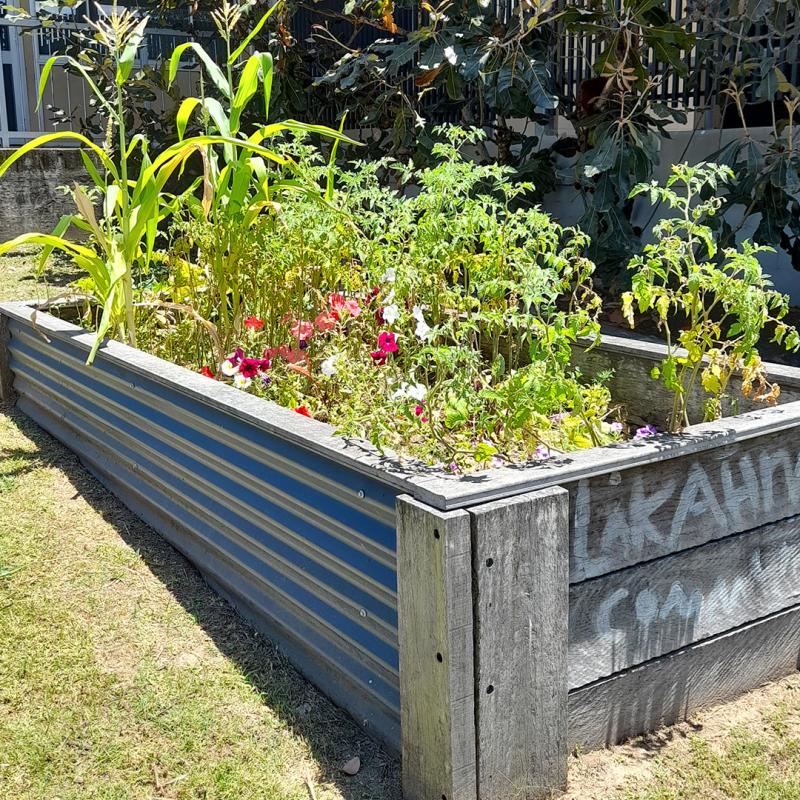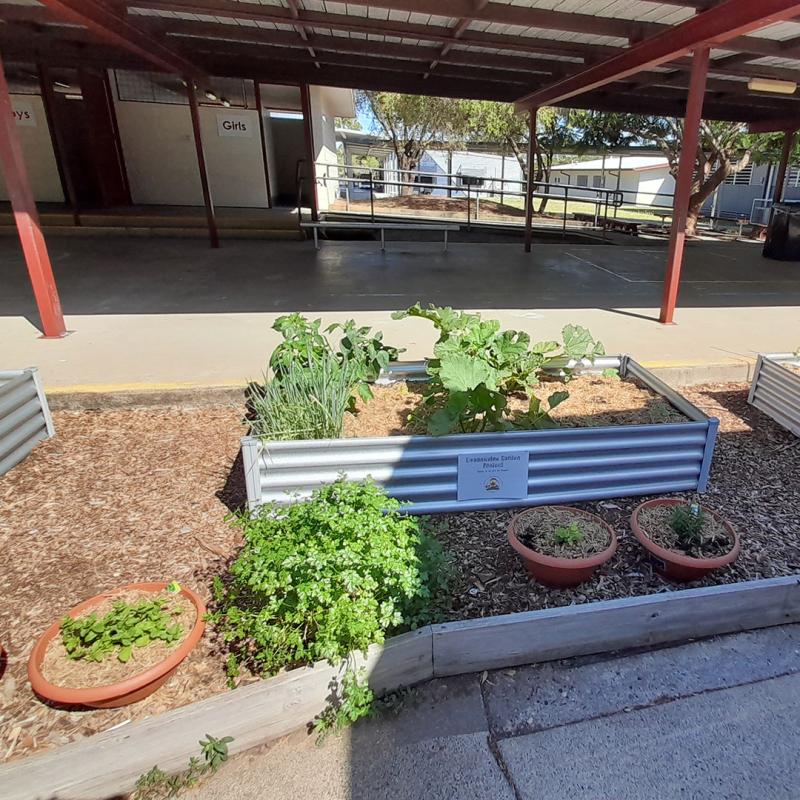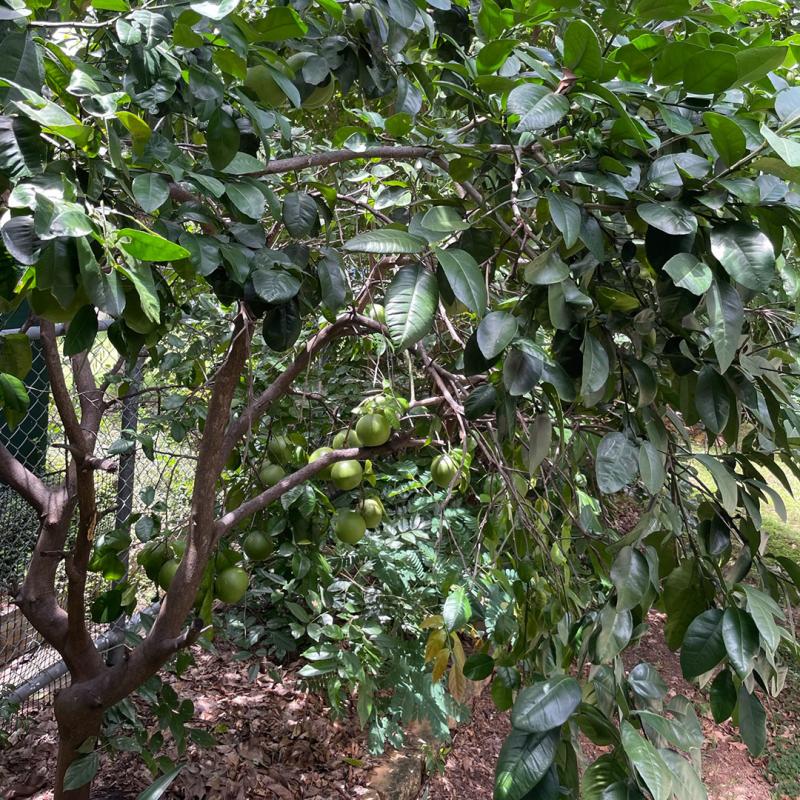Kids involved in growing and caring for their own fruits and veggies are more likely to eat the recommended amounts of these foods each day and are also more likely to try new fruits and veggies. It’s one of the reasons why a thriving vegetable and fruit garden is an essential part of the Healthy Eats program.
The Healthy Eats schools do an excellent job of creating, maintaining and involving their students in their gardens, so we thought we would share some of their top tips for success that you can use in your own garden – at home or school!
“We have definitely found it helps to have the gardens integrated into the school curriculum units of work. The garden works especially well for Design and Technologies, Science, HASS, English and Mathematics units of work, and this integration is essential to keeping it maintained. The students then take ownership of the gardens – they make signs, prepare the soil, are involved in planting, harvesting and cooking.” St. Benedict’s Catholic School, Shaw, Healthy Eats Accredited
“Cultivating relationships with business partners has been invaluable. Rob, from Bunnings Bundamba has been extremely generous in his donations of gardening tools, seeds, seedlings, mulch and soil. Rob regularly visits the school and has started small group workshops including one on how to keep worm farms. His advice is invaluable!” Riverview State School

“We have created two garden clubs (junior and senior) that are part of timetabled enrichment activities for our students. We find structured maintenance plans are essential to keeping the garden flourishing. Our students have been really engaged and love to bring their friends along to help out in the garden too. Keeping everything watered and maintained over the holidays is a big challenge, but we have partnered with the YMCA now to help maintain it over that time, which is great!” Loganholme State School, Healthy Eats Accredited
“Being savvy with your planting is really important. We make sure we plant things students can eat straight from the garden like cherry tomatoes and snow peas. We tend to plant seedlings, so the students don’t have to wait too long for results, and we stagger our planting to avoid the ‘feast or famine’ scenario.” Riverview State School

“Securing an ongoing source of funding has been very important for the development of our garden. We are using the Containers for Change program with great success to supplement supplies. We also recommend covers for the garden – these have been crucial for us in keeping the crows out and protecting the garden from wayward lunchtime soccer balls.” Fernbrooke State School
“Planting cover crops has been great for the health of our garden. They are planted during the wet season (also school holidays) to store nutrients that would otherwise be washed away by the rain. They also control weeds by growing just as fast and providing leafy coverage so the weeds can’t thrive. When back at school we just dig the cover crop into the ground and return all the nutrients back to the soil, ready for new planting.” Townsville West State School

“Our Garden Club includes a small core group of regular students from Prep to Year 6. What we find exciting though, is how we also get students who just ‘drop in’ from time to time, often on days when they need to reset their emotions, need a chat, or just feel like using their senses to explore the gardens.” Riverview State School